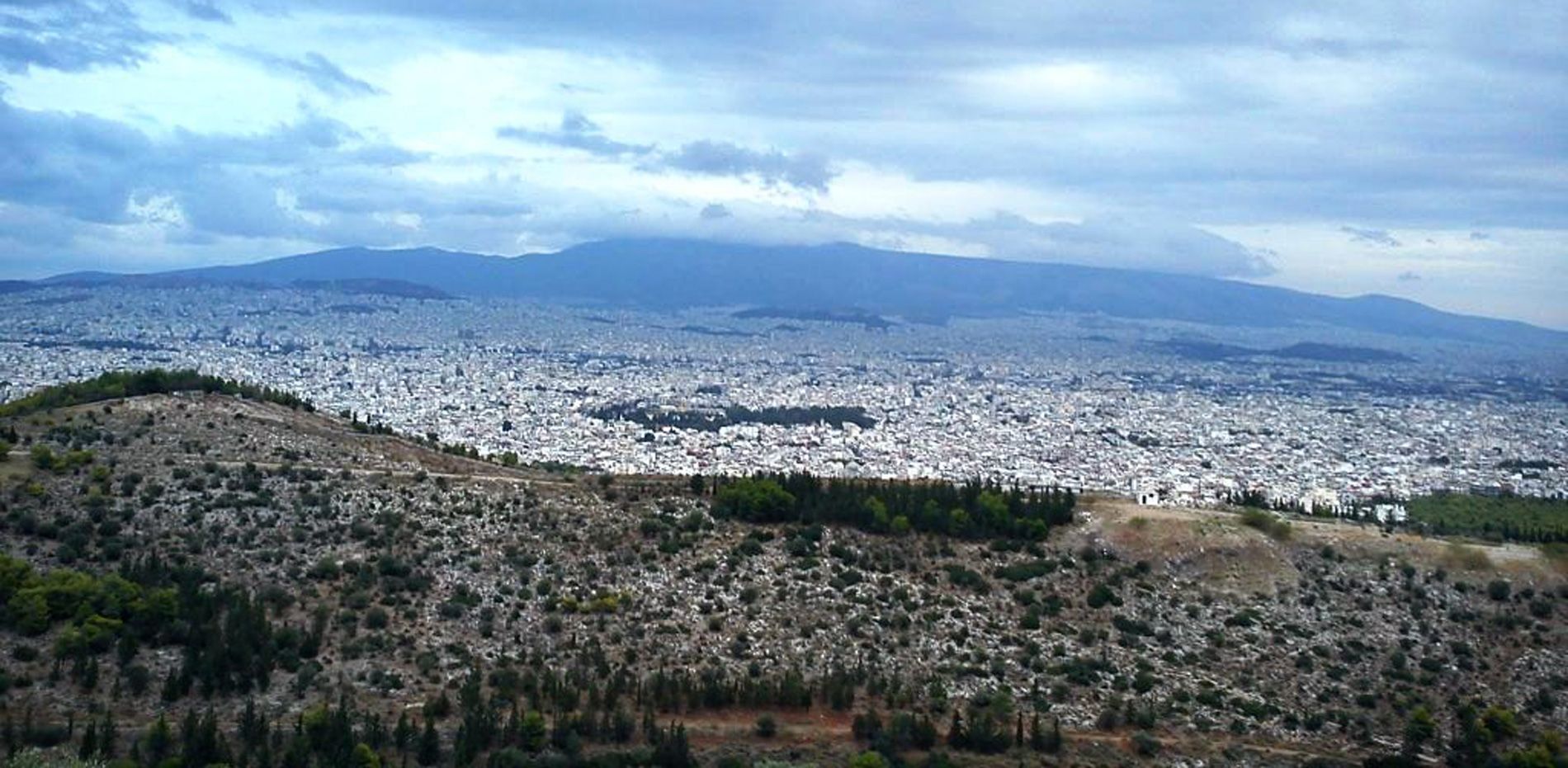Sanctuary of Aphrodite at Daphne
Sanctuary of Aphrodite at Daphne
Pausanias mentions the existence of a temple of Aphrodite along the route of the ancient Sacred Way (Iera Odos). The site mentioned by Pausanias has been identified with certainty thanks to a feature of the sanctuary that cannot be overlooked.
These are the numerous niches carved into the rock of the hill on which the temple stood, described by the famous French writer Gustave Flaubert in his account of his journey from Athens to Eleusis. The purpose of these niches was to place votive offerings to the goddess.
Because of the recesses, the room was called “ntoulapakia” (cupboards) by the modern inhabitants. The first excavations at the site were carried out in the 1890s by Kambouroglou. The archaeological research of the temple site was completed in the 1930s by Ioannis Travlos. The temple mentioned by Pausanias consisted of a small square cella and a portico. It was probably Doric in style and had a marble roof, as fragments of marble triglyphs have been found during excavations.
The entrance to the temple was through a small propylon with two columns on the side of the Sacred Way. In front of the propylon, a large pedestal has been preserved, which probably belonged to an altar. The rock opposite the propylon had been cut vertically and small votive niches had been carved into its face. Most of them were marble doves and figures of Aphrodite. Many statues and figurines of Aphrodite, complexes of the goddess with Eros and Peitho, imposing vases and several pedestals with votive inscriptions were also found in the mosque.
A small gallery and other buildings, larger than the temple and of unknown use, have been identified within the temple enclosure. Pedestals with marble votive inscriptions, small altars and a large number of small votives, which the worshippers placed in the four-sided niches, were unearthed. In the centre of the room, in front of the propylon, a large pedestal was discovered which probably supported a central altar or a cult statue of Aphrodite. To the south of the temple, a complex of buildings has been discovered which has been identified as the house of the priests, but which must also have functioned as a guesthouse for pilgrims on the Sacred Way (Iera Odos).







